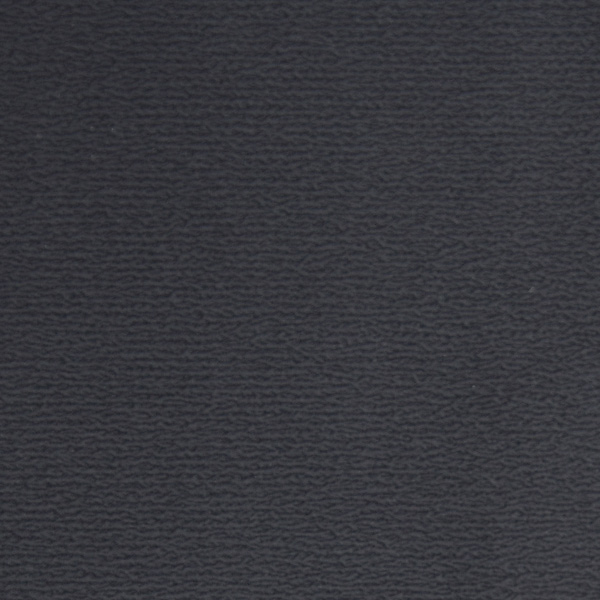Synthetic materials at Gioconda
What are synthethics and what are their strengths?
In general, synthetics are anorganic and polymeric materials made of monomeric anorganic molecules. We differentiate between three kinds of groups: thermoplastics, thermosetting plastics and thermoplastic elastomers.
This classification results from the mechanical- and thermal behaviour, origin, application or chemical reaction. Chemical fibres are as well as synthetic resins synthetic polymers made from monomeric anorganic molecules. Synthetics have excellent characteristics, for example the variation of their technical features like hardness, formability and thermal resistance. They vary due to the selection of raw materials, production processes and admixing of additives.
Synthetics are needed for the production of all kinds of products. They are found in packaging materials, thermal insulation, textile fibres, floorings, pipes, components of paint, cosmetics and insulations.
Synthetic use in history
Since primeval times natural polymeres are used by man. The first synthetic material of humans history was delivered by birch trees. The tar pitch of birch trees offered the Neanderthal man as well as the Homo sapiens glue for making their tools.
In the 17th century, natural scientists developed a milky sap - and brought Kautschuk from Malaysia and Brasil to Europe. In 1839, Charles Goodyear manufactured with the aid of vulcanisation rubber. Since this day the synthetic materials industry has been a steady growing industrial sector.

